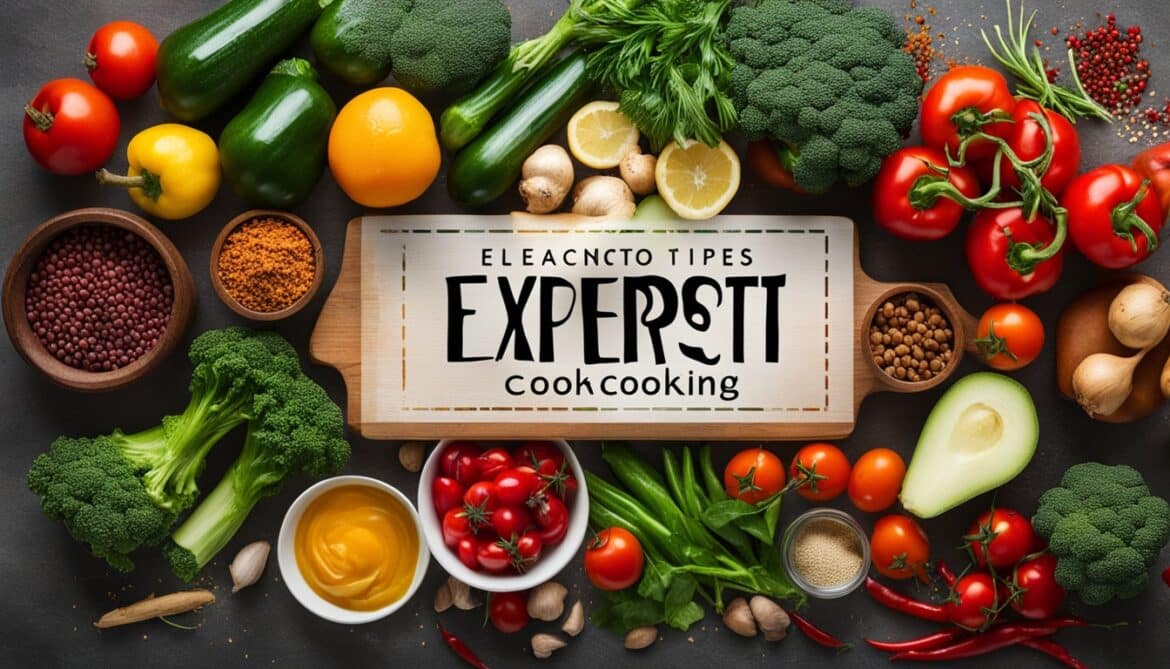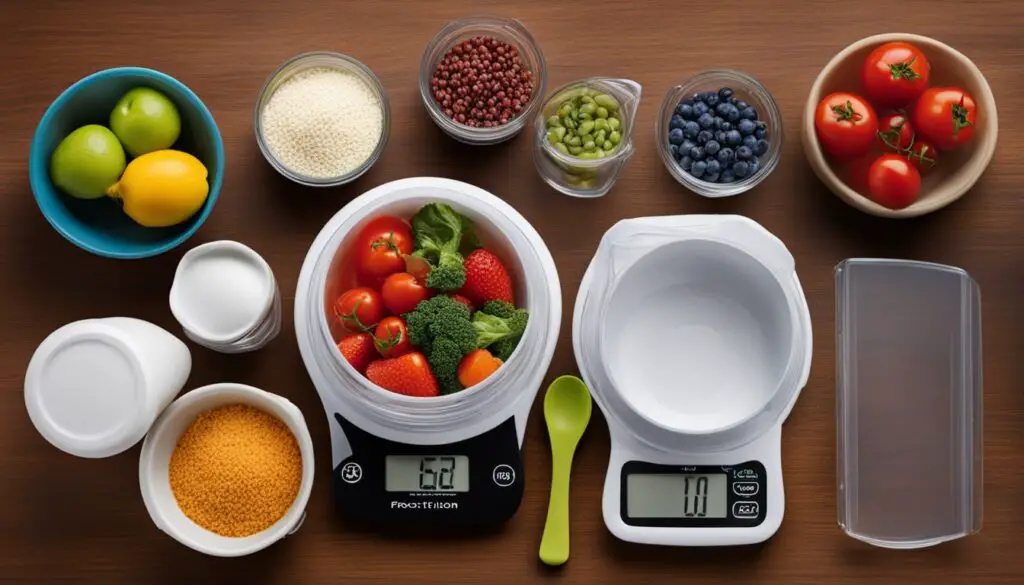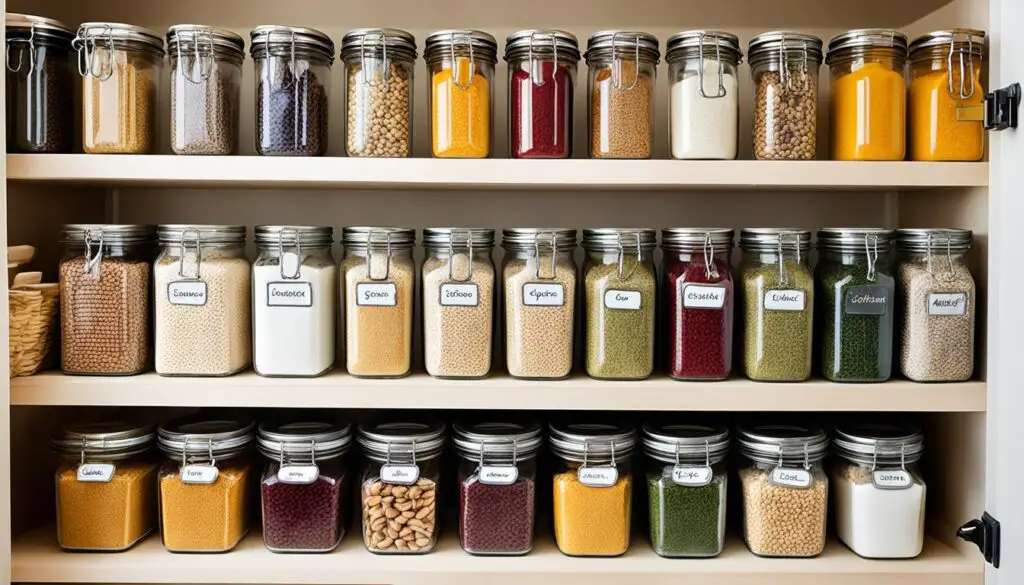Meal prep can revolutionize how you eat healthy and hit your fitness targets when life is busy. By planning and preparing, you can enjoy yummy, healthy meals all week. The secret to keeping your food at its best is using the right containers. Here’s how you can up your meal prep game with smart packaging:
Key Takeaways:
- Meal prep is a time-saving practice for having healthy meals throughout the week.
- Proper packaging is crucial to maintain the freshness and taste of your prepped meals.
- Choose durable, leak-proof, and microwave-safe containers for packaging your meals.
- Portion and label your meals to ensure proper portion control and easy identification.
- Follow proper storage techniques to prevent spoilage and maintain the quality of your meals.
Choose the Right Containers for Packaging Your Meals
Choosing the best containers for your prepped meals is crucial. The right meal prep containers help keep your food fresh and tasty. This makes your meals easy to enjoy all week long.
It’s vital to pick containers that are strong, don’t leak, and can go in the microwave. With these, your meals won’t spill and you can heat them up quickly. Glass containers with secure lids are a great choice. They keep the flavors locked in and are tough.
Sizes matter because not all meals are the same. Make sure to have containers of different sizes. This lets you pack meals of varied portions without trouble.
Getting portion sizes right is key in meal prep. The correct containers help you do this. They keep your meals fresh, neat, and easy to take on-the-go.
If you’re unsure about containers, look into sets made for meal prep. These come in various sizes and are perfect for those who love to prep their meals.
The freshness and taste of your food depend on the containers you choose. Take your time to find the perfect meal prep and storage containers. This will make your meal prep experience the best it can be.
The Benefits of Choosing the Right Containers:
- Preserves the taste and texture of your meals
- Minimizes leaks and spills during transportation
- Allows for convenient reheating in the microwave
- Helps maintain portion control and organization
Properly portion and label your meals
Good meal prep means controlling your portions and labeling your dishes. This keeps your diet healthy and helps you know what’s in each meal. It’s important to portion your meals correctly for your diet and to easily pick out what you’re going to eat.
Portion Control
Keeping your diet on track is easier with the right portion sizes. By controlling your portions, you manage your calories and get the nutrients you need. Use measuring cups or a food scale to understand how much food you’re having and avoid eating too much.
Meal Labeling
Labeling meals is key to knowing what you have and when you made it. It tells you what’s in the container and when you cooked it. Just write the meal’s name and the preparation date on the containers. This keeps you from getting mixed up and wasting food.
Proper portion control and meal labeling are key for a balanced diet and keeping organized in your meal preparation.
With the right portions and labels, you’ll eat well and always be able to find your meals. These steps help you meet your health targets and make preparing meals smoother.
| Benefits of Proper Portion Control and Meal Labeling |
|---|
| 1. Maintains a balanced diet |
| 2. Helps manage calorie intake |
| 3. Prevents overeating |
| 4. Facilitates meal identification |
| 5. Reduces confusion and food wastage |
Use Proper Storage Techniques
Keeping your prepped meals fresh is key. Seal your containers tightly after you portion out your meals. This stops air from getting in and keeps your food from spoiling. Keep your meals cold in the fridge to make sure they’re safe to eat. Think about how long different foods last. This helps you avoid spoilage.
Here are some key tips for storing your meals well:
- Keep temperature in check: Cool your meals quickly after you cook them to avoid bacteria. Keep your fridge at or under 40°F (4°C) for safety.
- Use airtight containers: Choose containers that seal well. They keep meals fresh and stop smells from mixing. This also keeps your food tasting and feeling good.
- Label and organize: Label containers with the dish name and day made. This makes sure you eat meals while they’re fresh. It stops mix-ups and waste.
- Stack smartly: Save space in your fridge by stacking containers wisely. Put the largest or heaviest at the bottom. Lighter or smaller ones go on top. This avoids spills and breaks.
- Rotate your meals: Eat older meals first to use up everything. Keep changing which meals you eat first. This way, your food stays delicious and fresh.
Use these methods to keep your meals safe and yummy. This lets you enjoy your nutritious food all week long.
Freeze Your Meals for Extended Freshness
Freezing your meals is a simple way to keep them fresh. This way, you always have a tasty home-cooked meal ready. Some foods like soups, stews, and casseroles do really well in the freezer. They keep their flavor, look, and nutrition if you follow a few steps.
Choosing the Right Containers
The key to freezing food right is choosing the best containers. Pick ones that won’t let air in and cause freezer burn. Always label your containers with the dish’s name and freeze date. This helps you know what’s what in your freezer and use the oldest meals first.
Properly Packaging Your Meals
To freeze meals well, get rid of as much air as you can. It stops freezer burn and keeps flavor and texture intact. For containers, fill to the top but leave a bit of space. For bags, push out air before sealing. It’s also smart to freeze meals in single serv ings. This way, defrosting and reheating is a breeze.
Safe Thawing and Reheating
When it’s time to eat your frozen meals, thaw and reheat them safely. Thaw meals in the fridge overnight, or use the microwave’s defrost setting. You can also thaw in a sealed bag in cold water. Make sure the meal is hot all the way through when reheating. A thermometer helps to check it reaches at least 165°F (74°C).
Using these tips will keep your meals fresh and yummy. It makes weekday meals easier or saves you from cooking when you’re tired. Start freezing meals today for a more convenient cooking experience!
Conclusion
Keeping your prepped meals fresh is key. This means packing them right. Follow some easy tips to keep your food tasty all week. Use strong, leak-proof containers. This makes them easy to store and carry. Make sure to put the right amount in each and label them. And don’t forget to seal them up tight. This keeps the air out. You can even freeze some meals to keep them fresh longer in the right containers.
With these tips, your meals will stay fresh and ready. You’ll enjoy planning and making your meals. It’s the start of a great journey in cooking for wellness. No more rush to make food at the last minute. You’ll have healthy meals close by. Start now and see how easy and fun it is to cook ahead!
FAQ
What are some packaging tips for meal prep?
Packaging your prepped meals right is key. It keeps them fresh and tasty. Choose the best containers and freeze them well. This way, your meals will still be good all week.
What should I look for in meal prep containers?
Good meal prep containers are durable, leak-proof, and safe for the microwave. Choose glass containers with secure lids. They’re great for keeping food fresh. Make sure to have containers of different sizes too.
How should I portion and label my meals?
Use measuring tools or a scale to portion meals correctly for your needs. Don’t forget to label. Include the dish name and prep date. This helps track freshness and avoid waste.
What storage techniques should I use for prepped meals?
Seal your meal containers tight to keep out air and avoid spoilage. Store them at the right temperature in the fridge. Consider food shelf life when planning meals to prevent spoilage.
Can I freeze my prepped meals?
Freezing meals keeps them fresh. Soups, stews, and casseroles freeze and reheat well. Use the right containers to avoid freezer burn. Always label and follow safe thawing and reheating steps for food safety.
Source Links
- https://thebettyrocker.com/5-step-food-prep-and-recipes-guide-for-a-lean-sexy-body/
- https://sarahscucinabella.com/2024/02/28/healthy-meal-prep-tips-tricks-and-recipes-to-get-started/
- https://www.betterhealth.vic.gov.au/health/healthyliving/healthy-cooking-tips



